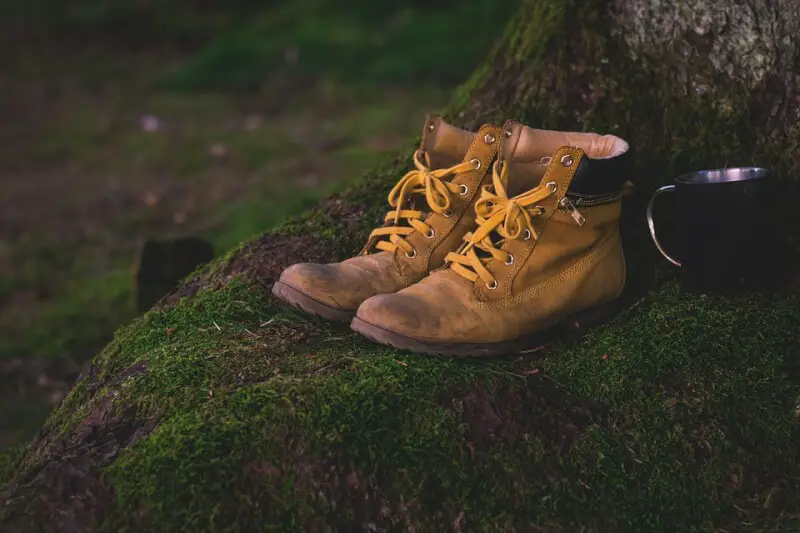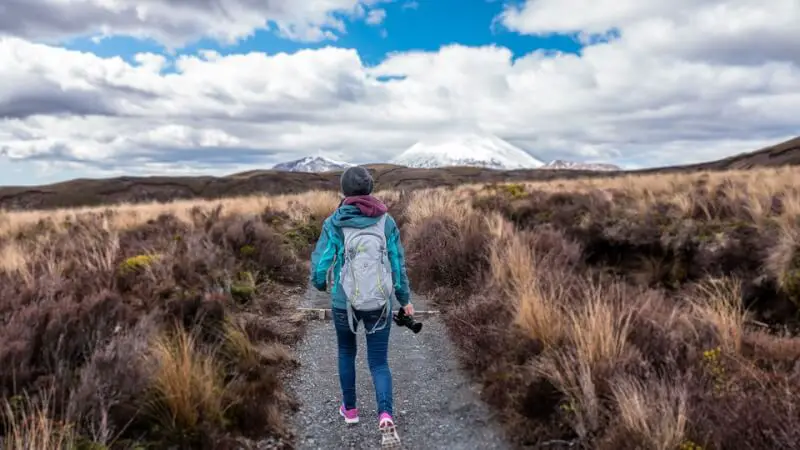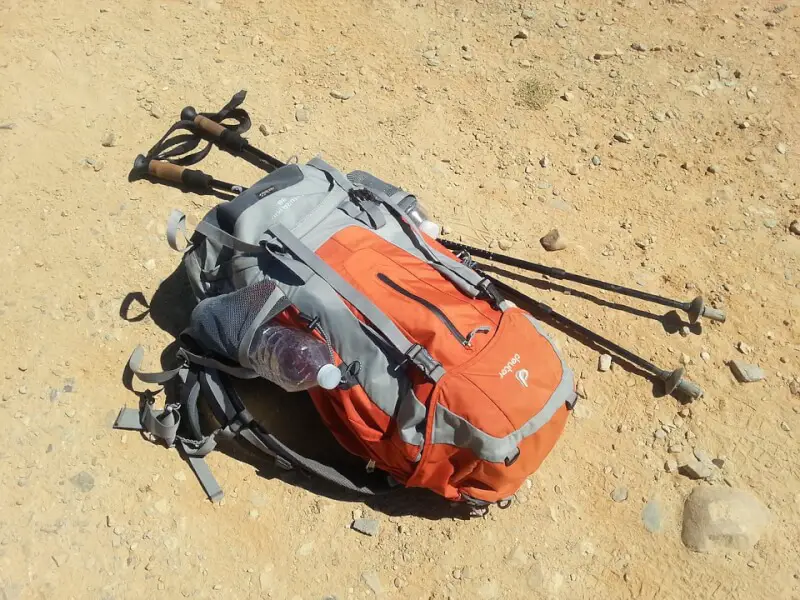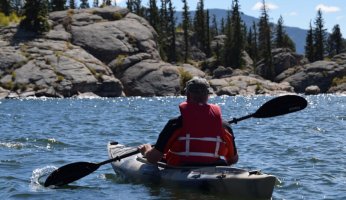An Overview of Basic Hiking Gear
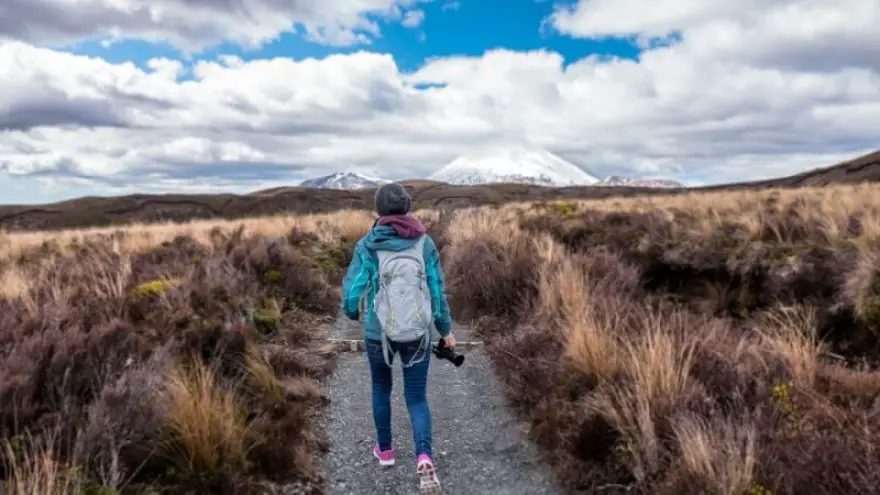 An Overview of Basic Hiking Gear
gearweare.net
An Overview of Basic Hiking Gear
gearweare.net
Although it may seem like getting into hiking is as easy as buying a good pair of boots, venturing into the mountains on foot requires a lot more preparation and knowledge. Doing in a way that is safe and comfortable also requires a lot more gear. So that you can be sure that you are fully prepared for everything that could happen on your next hike, we have compiled this list of basic hiking gear.
Shoes
Having a comfortable pair of shoes to hike in is vital since one of the most painful (and frequent) issues that hikers develop are blisters and other foot pain. The longer a hike is the truer this is. Although trail runners can work for hikers who want something light, they won’t endure the same heavy use that hiking boots can. Over technical terrain hiking boots will help make you feel more solid as well.
When you do invest in a pair of hiking boots make sure to break them in on shorter hikes. Boots can initially be quite painful, so taking them out for the first time on a long, tough hike is not a good idea. You should also be sure to buy boots that fit snuggly, but not too tight. There should be room for you to freely wiggle your toes, but you will want to make sure your heel is secure so that your foot doesn’t slide forward on the downhill.
Backpack
A great backpack is another critical item on every hike. The size and type of backpack are dependent upon the length, difficulty, and duration of the hike though. On short hikes, a small pack that can fit a jacket and water bladder may be all that you need, while on multi-day hikes having a backpacking backpack that can fit all of your gear and has thick, complicated straps to relieve the weight can make or break a trip.
For any hike longer than a couple of hours but shorter than a day, a day pack is ideal. These midsized backpacks will not be too heavy or bulky but will be able to fit everything you need on a day hike. They may also have straps and frames that work to stiffen the backpack and evenly distribute their weight, making them more comfortable on long day hikes.
There are tons of hiking backpack on the market, making it possible for every type of hiker to find one that fits their needs perfectly. To ensure you find that one that works best for you, make sure to really think through how you will be using it and to study the market carefully.
The Ten Essentials
The Ten Essentials, a list of things that everyone who ventures outside should have with them at all times, was first developed by The Mountaineers in the 1930s. This group of outdoor enthusiasts shared this list as a way to assist others in staying safe while spending time in the wilderness. At the time the list was comprised of specific items which could assist hikers in most emergency situations.
Over the ensuing decades, the Ten Essentials have been widely adopted as a gold standard in terms of items every outdoor enthusiast should have in their pack. Over the years this list has also shifted though, from a catalog of specific survival items to a consolidation of different systems that account for varying conditions and situations. The current Ten Essentials, therefore, acknowledge that someone summiting a 4,000 feet peak then heading back to their car will need different items than someone who will be spending a week hiking through the backcountry. These Ten Essentials are:
- Navigation – At a bare minimum, this includes a map of the area where you are hiking and a compass. Modern gadgets such including GPS, personal locator beacons, and satellite phones also fall within this category and are important to have when hiking extreme conditions or deep into the backcountry.
- Headlamp – Extra batteries are also a good idea.
- Sun Protection – Sunglasses, sunscreen, SPF lip balm, and clothes that shield you from both direct sunlight and UV rays fall into this category.
- First Aid – Never, ever go hiking without a first aid kit.
- Knife – A knife and a multi-tool is the ideal setup.
- Fire – Always have some way to make fire with you. Matches, a lighter, or tinder all work, and often it’s a good idea to carry more than one. If you choose one though, a lighter can get wet and is the easiest to start.
- Shelter – This doesn’t mean always have a tent, but always have something that could keep you warm in the case of a true emergency. Carry a space blanket.
- Extra Food – This means a bit more food than you actually think you will eat so that you don’t run out if you’re stuck outdoors longer than expected.
- Extra Water – Same deal as extra food.
- Layers – Bring layers that you may not need just in case the temperature drops or a storm rolls in. Of course, make a reasonable estimate of what you will need based on the forecast. Also factor in any elevation gain you will experience, as it can be much colder and windier on top of mountains than at the base.
Although you may go whole hikes only using a few items on this list they are all included because when they are needed they are indispensable.
Other Items
Besides the items outlined above, there is other hiking gear that can be helpful but isn’t a necessity. These items include:
- Emergency whistle (This one is actually pretty essential – luckily many hiking backpacks come with emergency whistles built into the chest strap)
- Hiking poles
- Bug spray
- Hydration bladder
- Toilet paper and trowel
- Backpack rain cover





